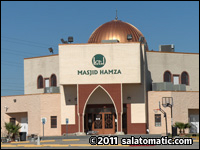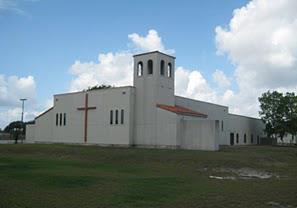“Give me your tired, your poor,
Your huddled masses yearning to breathe free,
The wretched refuse of your teeming shore.
Send these, the homeless, tempest-tossed, to me:
I lift my lamp beside the golden door.”
by, Emma Lazarus
Since humans walked upright and decided that there was a better home than where they were, there has been migration. Not everyone agrees on when humans began migrating from Africa but it is theorized that the first effort to move was 1.8 million years ago. The real migration came in waves starting about 80,000 years ago and continues today. In most cases evidence shows that if the area was inhabited, this movement was disruptive to the environment and to other humans.
As a result of poverty, oppression and lack of resources, this disruptive migration continues today. And with conditions throughout the world today, there is little evidence that this will change any time soon. Whether it was the drawing of new boundaries in the Arabian peninsula by the English and French in the early 20th century or the support of oppressive regimes in Central America by the United States, history shows that this kind of disruption has far reaching results and is often impacted by outside influences.
Our current situation on our southern border with thousands of children coming from Central America seeking the American dream seems to be a problem with no solution. For some the solution seems easy. As one Facebook contributor wrote, “When you see them coming across the border, have your gun ready and just tell them to turn back, and if they don’t obey just solve the problem in the “Texas way”. When asked what he meant by that, he was unable to give an answer, saying only that he didn’t mean that he would shoot them. This is a complex problem and is not just the U.S.’s problem. It was born in those Central American countries that developed an oligarchy culture where the rich hid behind high fences and had personal militia that allowed the cartels to act with impunity and where the politicians and the church were in the pockets of the rich. And when that system seemed to be threatened, the U.S. aligned themselves with the oligarchies and came to protect what were perceived as U.S. interests which resulted in keeping the peasants poor and hopeless.
As we sit here today as Americans, we see the thousands of children streaming across the border. We know that we cannot just send them all back without a plan that is based on some kind of compassion. Maybe they keep coming because we’ve done too good a job of selling the world that we live behind the “golden door” and that it’s a land of opportunity. And maybe our American poverty and lack of good education and healthcare for the poor is better that what they come from. And maybe we should tell them that there are those who would still restrict the vote to our citizens. But I’m not ready to advocate that. As I look at Alief I see the positive possibilities of this wonderful land of opportunity, where immigrants came to America in small boats with only the clothes on their back, where persons walked hundreds of miles in the desert after spending years in a refugee camp, or as a young child riding on the top of a train for over 1500 miles only to be raped, kidnapped, or killed. Even with the diversity in Alief, it works, which gives me hope that what exists in Alief can work elsewhere.
The challenges of human migration have been with us since our human beginnings, but I hope that in our current crisis we acknowledge that we are all God’s children and that we are able to find solutions that show compassion for the sacredness of all human life. We will not find a perfect solution but there’s got to be something better than the “Texas way”. As a Texan, I’m appalled and insulted by that characterization. We can do better than that.




















